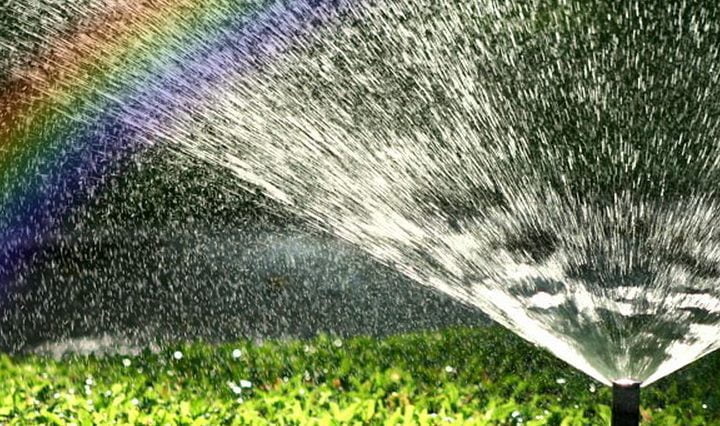According to the Moldova Sustainable Development Fund, in the area of centralized irrigation systems in the Dniester and Prut river basins managed by Water Users Associations about 7 000 ha were irrigated in 2022, of which about half were vegetables and perennial fruit crops. In 2020, which was also very dry, these systems supplied water to about 6 000 ha (data for 2021 is not representative since the year was rainy), EastFruit reports. There is progress, but it is not that big.
Surveys by the fund’s staff among association members show that there are at least three serious reasons that hinder the expansion of irrigated land even in years of severe droughts. The first reason was and remains the lack of stable profitable sales of products in foreign markets. Another reason most often mentioned by fruit farmers is the shortage of labor and the low level of mechanization of some important agri-technological operations, especially harvesting.
Read also: The price for walnut kernels has risen in Moldova due to internal reasons
In addition to these, one might say, traditional reasons, there was a sharp rise in prices for production resources and services last year. Tariffs for pumping water to farmer’s plantations have increased, and in some cases, the share of energy in tariffs has reached 60%. Some donor projects, in particular those funded by USAID and IFAD, plan to offer assistance to water user associations for irrigation in the transition to “green energy” in 2023. However, this is most likely not to go fast.
The use of the site materials is free if there is a direct and open for search engines hyperlink to a specific publication of the East-Fruit.com website.




